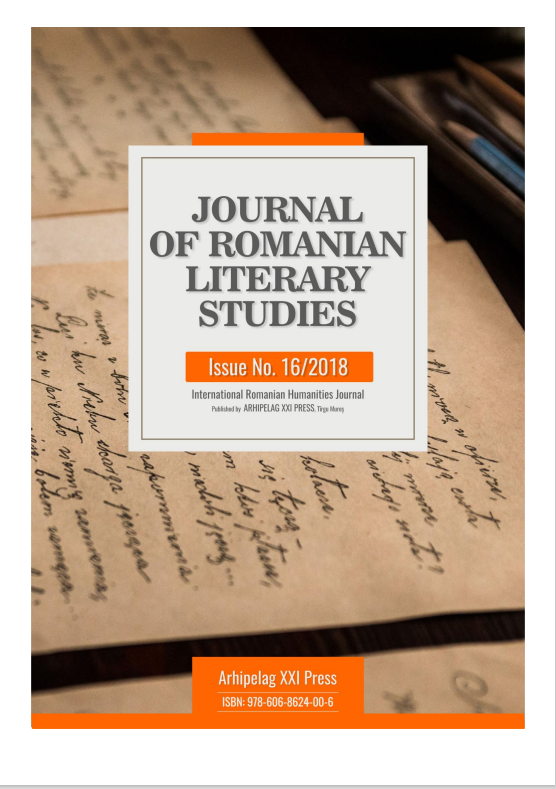FROM EKPHRASIS AS ICON TO THE ORGANIC FORM AND DIGITAL EKPHRASIS
FROM EKPHRASIS AS ICON TO THE ORGANIC FORM AND DIGITAL EKPHRASIS
Author(s): Lavinia HuleaSubject(s): Language and Literature Studies, Psycholinguistics, Sociolinguistics, Computational linguistics, Descriptive linguistics, Globalization
Published by: Editura Arhipelag XXI
Keywords: ekphrasis; natural sign; icon; organic form; digital interface;
Summary/Abstract: The separation of signs into sensible and intelligible, with the first ones used by visual arts and the second ones by verbal arts, made possible the dissociation between natural signs and arbitrary-conventional signs. It appeared that, with a view to represent an object, which could be identified with its existent correspondent (as in representational visual arts), no difficulties were to be encountered; therefore, a related, unambiguous process was expected to be dealt with in the representation of objects by words seen as the embodiment of enargeia. Renaissance witnessed the setting forth of an ekphrastic theory that focused on enargeia as the equivalent of imitation, with a twist: ekphrasis appeared to have shifted from the representation of sensible reality (as pictures do) towards the representation of intelligible reality. The understanding of the representation as ,,image” or ,,icon” did not require the imitation of external reality, anymore. Subsequently, modernism went even further and asserted that all the arts-visual arts included-operated as linguistic signs and demanded interpretation. The mimetic function of all the arts is thus considered to require its subordination to the conventions that determined the manner of creating and perceiving them. The signs of all the arts, visual arts included, acquire, with modernism, an arbitrary and conventional character. Further, twentieth century brought under debate the notion of digital ekphrasis, which attempts at shifting the focus from the verbal representation of a visual representation towards the corporeality of the work and the receiver’s multisensory experience with that work.
Journal: Journal of Romanian Literary Studies
- Issue Year: 2019
- Issue No: 16
- Page Range: 353-356
- Page Count: 4
- Language: English

